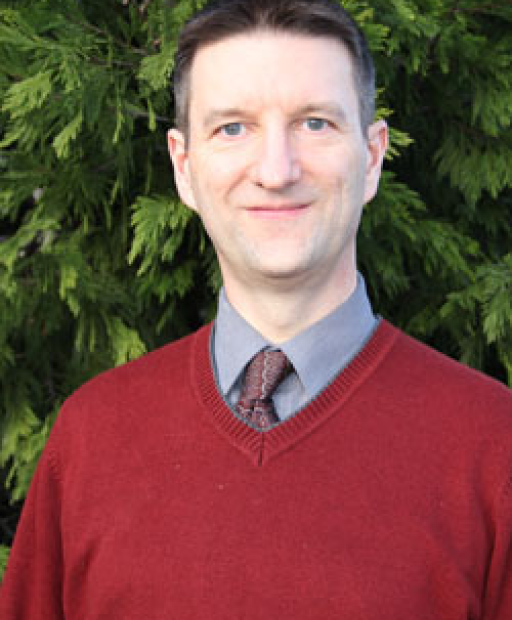About Us
Inspiration
Yakima Valley of WA State
In 2010-2013 the Yakima Valley of Washington State was ablaze with concerns due to the lack of access to vision screenings, eye exams, eyeglasses, and treatment for vision issues impacting children.
This concern was especially expressed in the area’s Native American communities. Two publications, one by the Americorps Child Vision Project1 and the other a University of Washington Master Thesis by Barbara Obena, MPH2 highlighted the social injustice of undetected near vision dysfunctions, such as convergence insufficiency, impeding student learning and achievement. Two community members, Helen Spencer and Katie Johnson, brought this concern to the University of Washington, Bothell. The project became a central research and development effort by CSS and Interactive Media Design students and continued to make significant progress each year.
Co-Founders

William Erdly
Concerned citizens approached Professor William Erdly, PhD, Chair of the Computing and Systems Science division at the University of Washington Bothell (UWB) to see if computer science students at the university could explore technologies that might assist in school screenings and treatment of near vision disorders.

Alan Pearson
Alan Pearson OD PhD joined Professor Erdly to advise students working on projects at the EYE Research Group.
Timeline
See how much we've progressed!
2014 Educating Young Eyes Symposium
In 2014, the first Educating Young Eyes symposium convened at the university and was attended by teachers, school nurses, attorneys, Washington State Supreme Court judges, politicians, optometrists, ophthalmologists, and concerned citizens across our State representing a wide range of diverse communities. The goal was to understand the issues and explore what could be done next.
May 24th 2014
Senate Bill 6245 Passed
As a result of the connections made at our symposium and other related efforts, the Washington State legislature ultimately passed Senate Bill 6245 (in 2016) mandating that all public schools screen for near vision issues in addition to distance vision.
February 10 2016
2016 Educating Young Eyes Symposium
The second Educating Young Eyes symposium occurred in the fall of 2016 and shortly thereafter Erdly and Pearson founded the EYE Research Group, at UWB3. The group's mission is a university sponsored Organized Research Group dedicated to service, research, development, and learning. We are focused on systemic change transforming the lives of children throughout the world. We increase awareness and provide access to all communities about the importance of functional vision in children’s learning. We seek to understand needs, develop tools, deliver care, measure results, and teach others.
May 24th 2016
2019 Educating Young Eyes Symposium
This symposium addresses the many critical issues facing children with vision problems including access to assessment, vision therapy techniques, educational approaches, new technologies/vision games, and social justice.
May 24th 2019
Impact
25% have vision issues
25% of children have vision issues that impact learning.
4 categories of vision issues
Vision issues may include high refractive errors, amblyopia, strabismus, and ocular health.
Twenty-five percent of school children have vision issues that impact learning according to Washington Board of Health4. Vision issues may include high refractive errors, amblyopia, strabismus, ocular health, and near vision dysfunctions such as convergence insufficiency. Ideally, the first four categories are identified early in the birth to five age through regular well-child pediatric visits and eye exam referrals. School vision screenings can function as a backup if vision issues are missed early on.
The last category - near vision dysfunction - generally emerges as a child encounters the extensive vision demands of academics. School screening should be sensitive for this condition. Furthermore, an effective screening should be connected to an established and evidence based intervention.
Research at the EYE Research Group revolves around questions concerning near vision function, and effective treatment protocols that are accessible and economical. Such research must be applied and proven within communities of need. Thus, EYE Research Group collaborates with the non-profit EYE See Clinic in order to measure results and iteratively improve systems of screenings, evaluations, and interventions.
EYE's Essential Pillars
There are four essential pillars sustaining the mission of the EYE Research Group:
- Basic science research projects about vision function
- Vision screenings capable of detecting vision issues impacting learning
- Software systems and informatics delivering evaluation tools, intervention tools, and research analysis tools
- Educational systems to teach students and professionals how to implement, use and access developed tools
Together, these four pillars present a comprehensive research activity system that fosters an agile and iterative cycle of public knowledge generation towards more effective solutions.